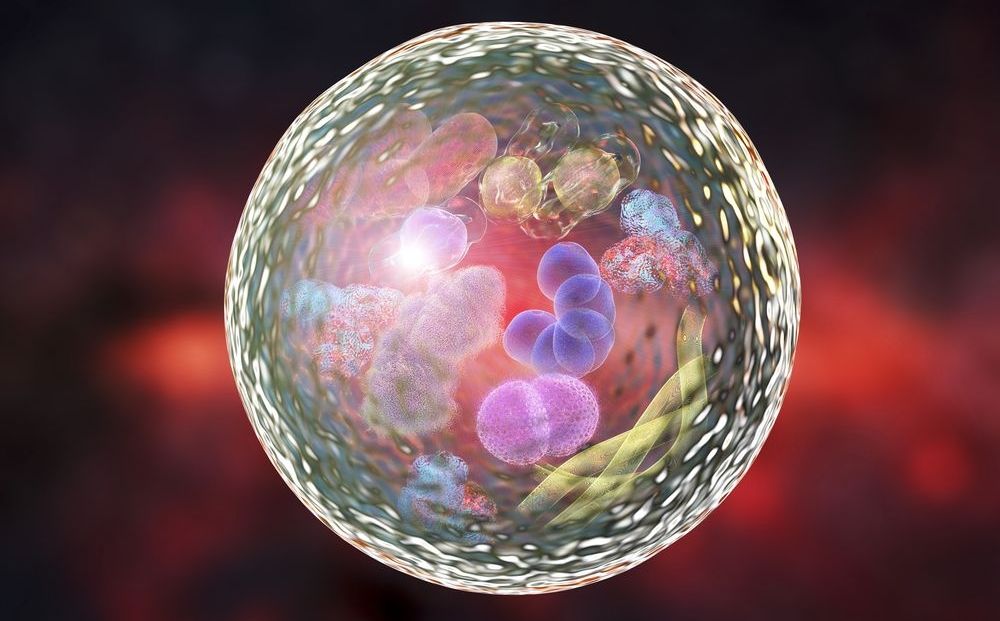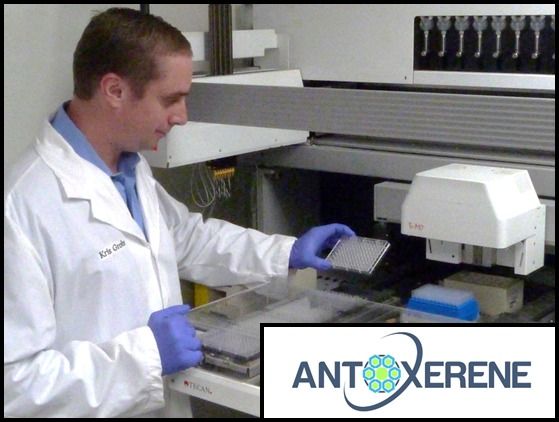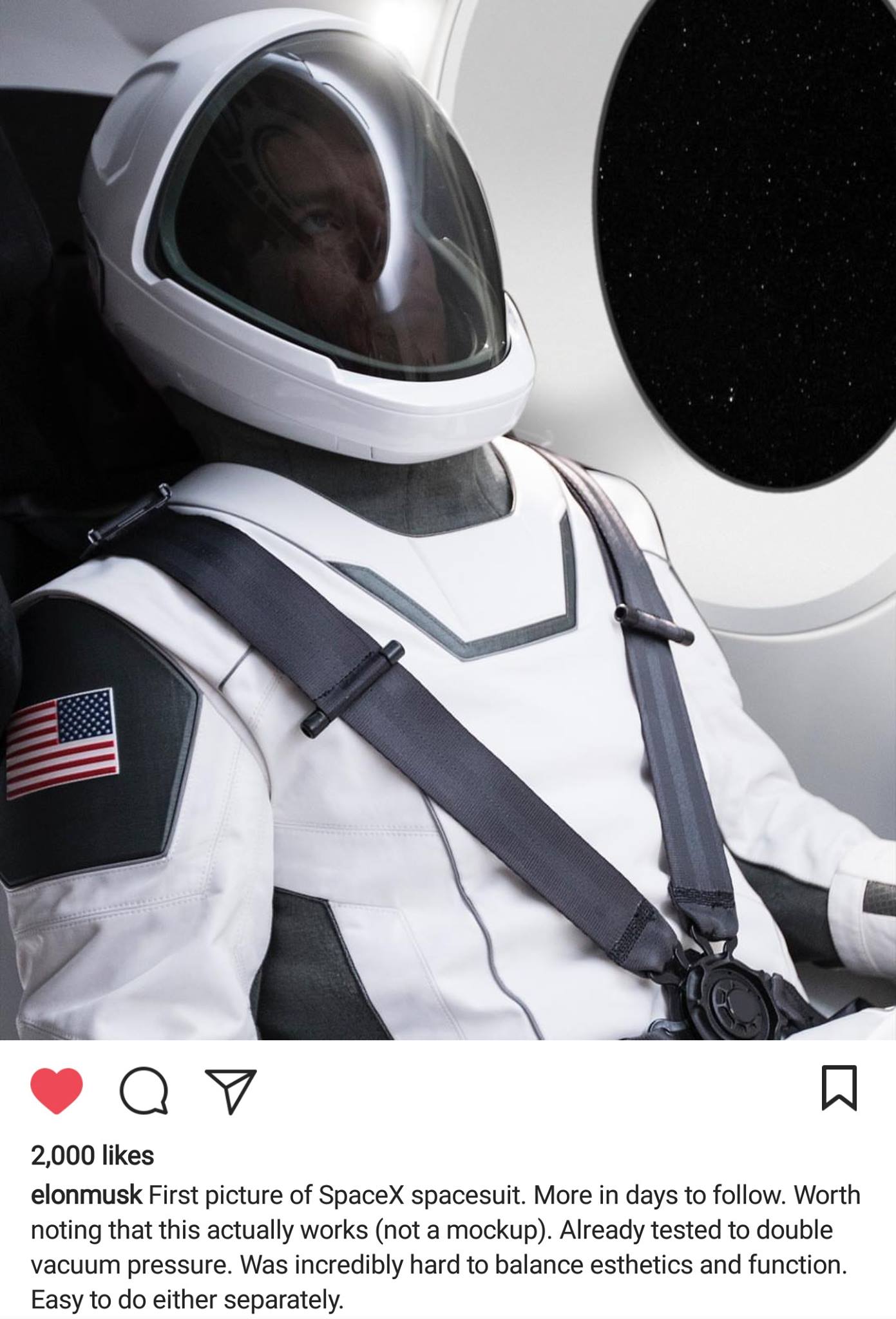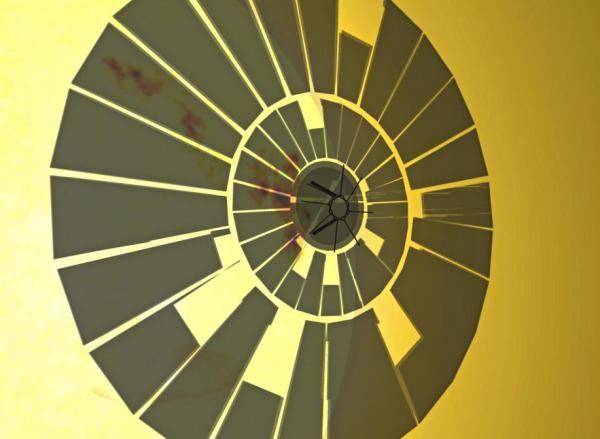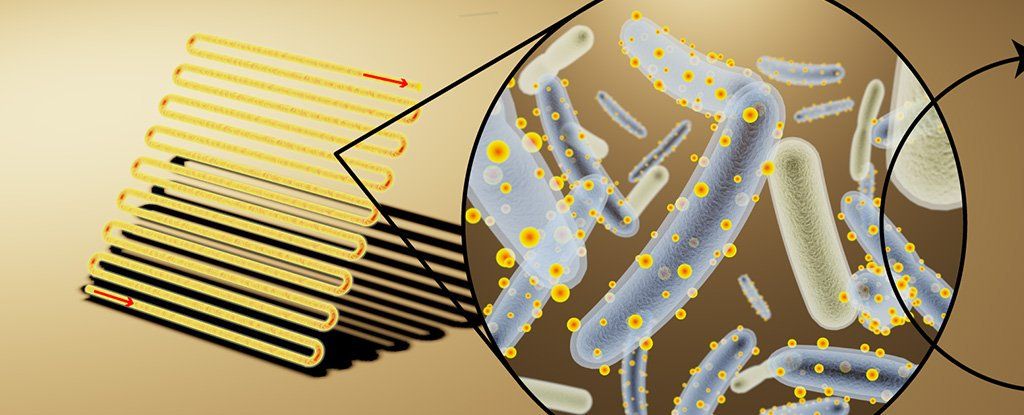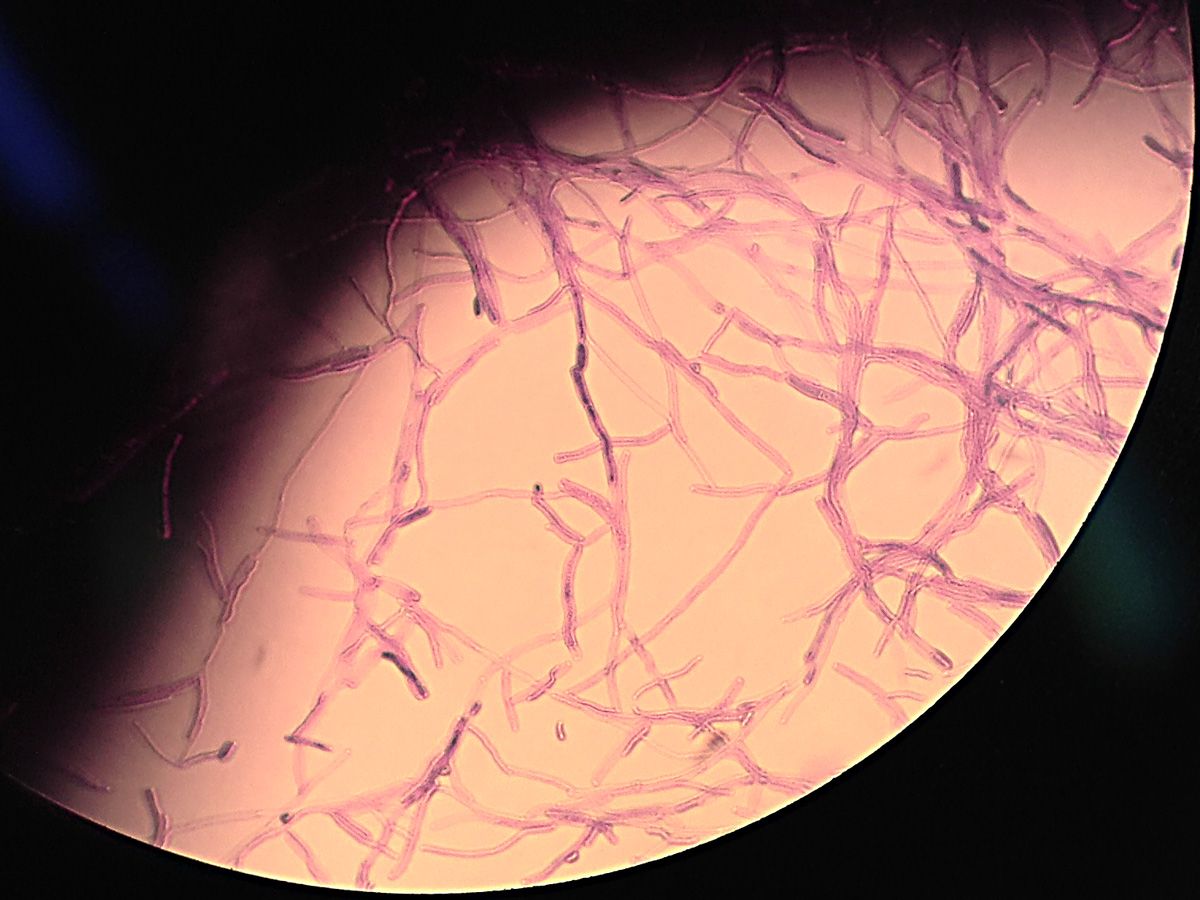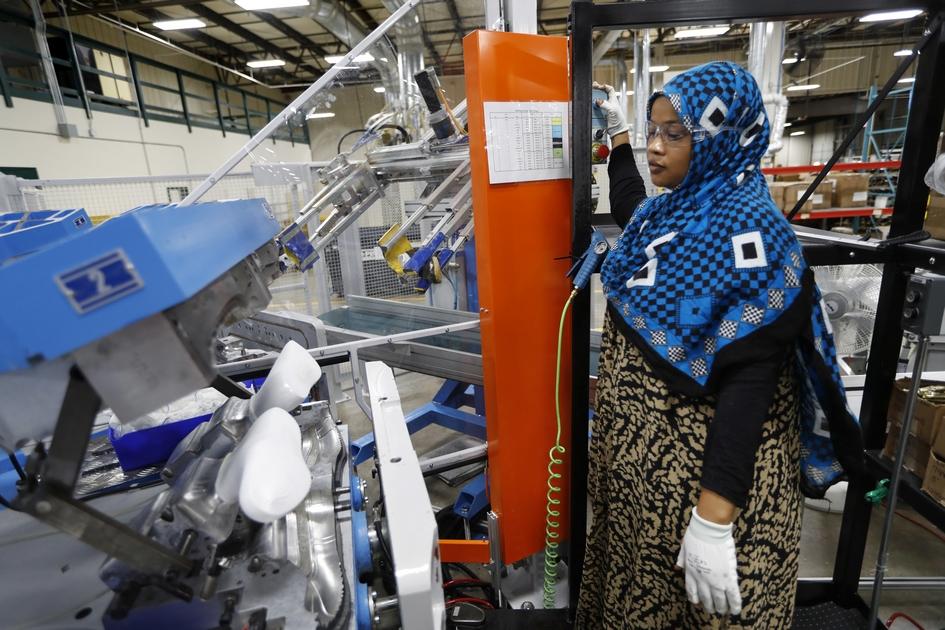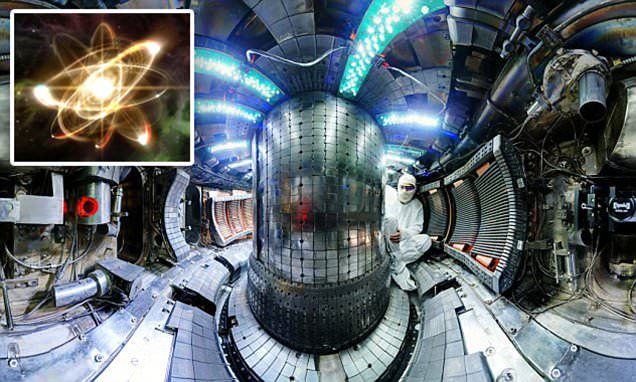
The Italian version of Rejuvenaction is up and running! If you know Italian speakers who would like to know about rejuvenation biotechnologies and advocacy, please let them know!
I’m pleased to announce the launch of Rejuvenaction Italia, the Italian version of Rejuvenaction. As you might know, Italian is my native language, and while I have neglected/postponed online advocacy in Italian for over two years now, I realised that, as the topic of rejuvenation starts to reach broader audiences, there’s a necessity to make information available in several languages, for the benefit of those who don’t speak English. Regardless of one’s native language, the questions people have about rejuvenation are always the same: How do you do it? Why? Have you thought of overpopulation? And tyrants living forever? and so on. Thus, Rejuvenaction Italia (henceforth officially nicknamed RJi, and accordingly Rejuvenaction will be simply RJ) is essentially a clone of RJ, except in Italian. The blog won’t be nearly as lively as that here on RJ because, you know, there are only 24 hours in a day. I will translate some of the most substantial posts or important news from RJ to RJi, though, and there will be RJi -specific posts that won’t be worth translating into English.
If you speak Italian and/or know someone who does, it may be worth checking out RJ’s Italian clone and share the news on your social media. I would appreciate that very much. 🙂 There’s a link to RJi at the top of the sidebar.
Continue reading “Introducing Rejuvenaction Italia and other news” »
